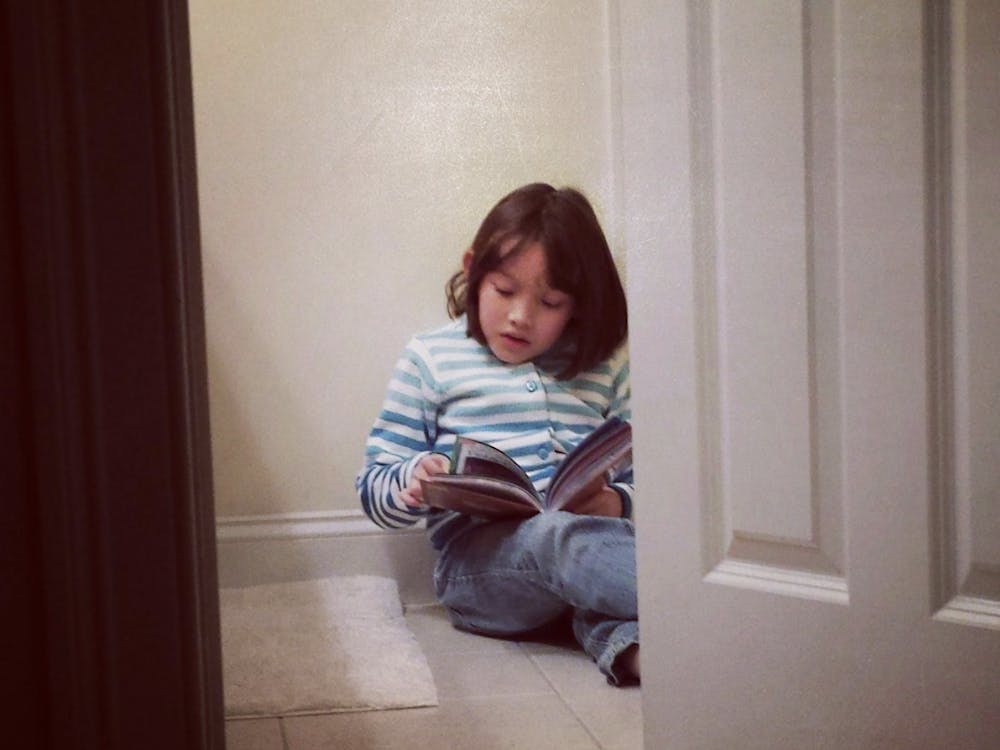I’m turning back the clock a bit and examining a pivotal landmark in the history of the film industry, “The Godfather.” Francis Ford Coppola’s 1972 masterpiece might be the single defining work of his career and perhaps the most critically acclaimed film in cinematic history. Before the film was even in pre-production, studios knew it was going to be well-received (both critically and commercially). There was a fierce bidding war over the rights almost immediately after the novel was released. Studio executives and directors alike knew they had a gem on their hands.
The film is a highly regarded work of art that combines all the best the industry has to offer to form a magnum opus of the movies. Through its use of cinematography, nondiegetic music and superb performances all around from greats Al Pacino, Diane Keaton and of course the immortal Marlon Brando, the movie creates an atmosphere that harkens back to an age in American history littered with illegal political agendas so sinister and complex only the silver screen could do them justice. Thematic veins of family loyalty, strength of character, manhood and morality run deep throughout the film and fuel the motivations of many of the mobsters and their loved ones throughout the ten years the film covers.
The gangster film was a popular genre dating back to the silent era and into the first few years of the “talkies,” from the mid 1920s until the late 1930s. America had a morbid fascination with its own underworld, Prohibition sparking the birth of mobs that controlled and supplied various regions with alcohol. This lead to de facto monarchies in certain neighborhoods as Dons ruled with iron fists and little mercy. Movies like “Scarface” and “Little Caesar” catapulted the troubled and misguided gangster figure into the limelight. The cinema provided the glow of romance that captivated audiences, as gangsters were sweeping visions of masculinity, taking what they wanted and rising to the top of the heap with a show of power and dominance. The gangsters would always go down in theatrical fashion, in a barrage of bullets; they stayed defiant till the end.
“The Godfather”presents gangsters in a different light, however, it provides more complex and nuanced characterizations of these men, who, when handed this authority, struggle with how to deal with the responsibility of being a mobster and the moral implications thereof. These men are not power-hungry, mass-murdering lunatics, but merely boys who are raised in a corrupt environment, one in which they must choose whether or not to participate. Michael Corleone presents a particularly intriguing character, as he has a chance to find success outside of the Corleone crime family and make a name of his own that need not be associated with the reputation of his father and brothers. Vito Corleone’s hope for his son provides a sympathetic viewpoint of the gangster’s plight for the audience to relate. Before the film, American audiences were enraptured by the unadulterated violence and sex that saturated the life of the gangster; in “The Godfather,” their fascination lies with characters that they can actually empathize with.
The tragic rise of Michael Corleone has become an American legend, and if one were to create a highlight reel of the film, the entire, uncut three hours would have to be included. “The Godfather” has been available to the public for over 40 years, and American culture is still all the better for it.




